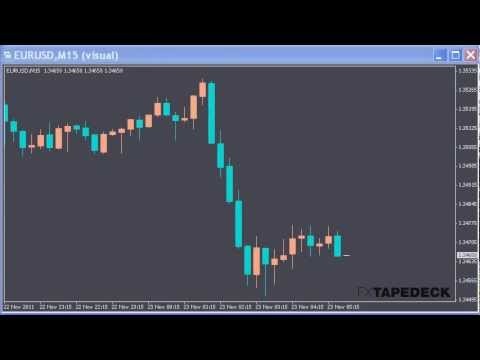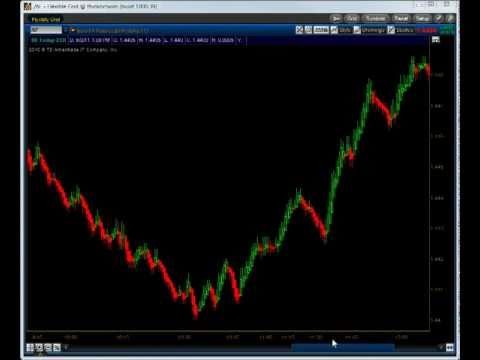STOCATA YouTube Video by Sylvain Vervoort Technical Analysis training course learning video part12
Post on: 16 Март, 2015 No Comment

The Heikin ashi candle chart
In technical analysis part 12, we will have a look at the heikin ashi candle chart and the use of this technique to smooth price data together with the zero-lagging technique we presented earlier in the video about moving averages.
Special offer: Capturing Profit with technical Analysis
This is the video:
This is the text:
Hello! Sylvain Vervoort here with technical analysis part 12. We will have a look at the heikin ashi candle chart and the use of this technique to smooth price data together with the zero-lagging technique we presented earlier in the video about moving averages. Pay a visit to my website at stocata dot org and have a look at my new book Capturing Profit with Technical Analysis. The purpose of this video series is to teach you how to trade successfully applying technical analysis techniques.
Heikin ashi, Japanese for average bar, is a technique used to better visualize price trends by recalculating the standard candlesticks. This technique was introduced by Dan Valcu in 2004. The heikin ashi chart is a candle chart based on the recalculated values for the normal open, high, low, and closing prices, but with a different interpretation.
The Heikin ashi candle is a technique to better visualize price trends and is calculated as shown here:
- HaClose = (Open+High+Low+Close)/4
= the average price of the current bar
= the midpoint of the previous bar
= the highest value in the range
= the lowest value in the range

The average heikin ashi closing I calculate dividing the sum of these 4 values by 4.
At the top in the chart here, the standard candle chart, based on the real open, high, low, and closing prices. Below, is the heikin ashi candle chart, based on the re-calculated prices for haOpen, haHigh, haLow, and haClose. It looks like a much smoother move. You can of course not use the standard candle patterns recognition here. The interpretation of the heikin ashi candle is simple.
A strong uptrend has up-moving white bodies without a lower shadow. A strong downtrend has down-moving black bodies without an upper shadow. The trend is weakening when the bodies get smaller, eventually with shadows on both sides.
In MetaStock and most other technical analysis programs it is not possible to create an indicator that will result in more than one data item displayed on a single bar. For heikin ashi candles, however, you need four data items displayed on the same bar. So, if you really want to use heikin ashi candle charts, it is best to buy conversion software that automatically converts the basic data creating a mirror of the data in heikin ashi format. HeikinAshi4MetaStock is a shareware program that does this; it is easy to find on the Internet.
For many applications and formulas it is interesting to have a smoothed closing price without any delay. For this you can use my average heikin ashi closing price as presented in this formula. You can find this formula on my website under the mentioned url.
Here you can see the nice smoothing effect of using the red heikin ashi average closing price compared to the blue standard closing price. The smoothing is mostly without a delay at the price turning points. So, it is very useful as a first degree smoothing indicator.
A first application could be to smooth the heikin ashi average closing price with a 21-period triple Exponential moving average or TEMA, one of the averages we talked about in the video about moving averages. This is the green curve in this chart. Trading on the turning points of this average, while confirmed by breaking a downtrend or uptrend line as shown here can give you very nice profitable trades.
Combining heikin ashi with the TEMA average and with the zero-lagging principle also explained in the learning video about averages, we can produce a nice fast and reliable cross-over system. In this chart the cross-over between a 55-days zero-lagging closing price average crossing the 55-days heikin ashi zero-lagging TEMA average producing profitable buy and sell signals.
Search the Internet
These are the formulas used. You can find them at my website stocata dot org.
The heikin ashi price bar can be used as a smoother candlestick bar chart while the heikin ashi average closing price is very useful as a smoothing device and replacement for the normal closing price in all kind of custom formulas as shown in a few examples here. You can certainly built profitable trading systems with this indicator. Tell your friends about these videos and while visiting my website you may want to order my new book Capturing Profit with Technical Analysis. Have a nice weekend.














